#iron mining
Explore tagged Tumblr posts
Text
During the late 1700s, Lemuel Cobb owned and operated the Split Rock mine and forge in Rockaway, New Jersey, which was an important source of iron during the post-Revolutionary period.

Throughout the 1800s, his descendants operated the family's Parsippany farm where they raised and bred horses, as well as several nearby businesses located at "Cobb's Corner".
Members of the Cobb family served as dairy farmers, engineers, surveyors, members of the Board of Proprietors, railroad executives, judges, and politicians. The Andrew Bell Cobb Family Papers include many photos of the family, their property, and a large volume of correspondence and ephemera.

Pictured here is a late 19th c. photograph of Cobb's Corner in Parsippany, showing the old inn, general store and post office, and Cobb Mansion. A guide to the Cobb Papers is available here.
2 notes
·
View notes
Text
there's no greater betrayal than finally starting to read a book you've had sitting for months on your shelf or your desk or your nightstand and then finding out it's bad. like. i gave you a fucking home.
61K notes
·
View notes
Photo

do you still remember?
#i think i made this last year. could be two years ago at this point i dont rlly remember. ironically. lol#mine#art
11K notes
·
View notes
Text
"After Sidbec recommended the closure of its Gagnon mine, the Quebec government announced that a parliamentary commission would inquire into the issue in November 1982. Mulroney deftly timed the announcement of the Iron Ore Company of Canada's [IOC] own mine closure for a week before these hearings were scheduled to begin, providing him with considerable political cover. Under the circumstances, the PQ government could not fault the company for doing what it hoped to do itself. But Mulroney fumbled the announcement. His political instinct was to meet with provincial and federal politicians face to face instead of facing those being displaced. Regional director of the Métallos, Lawrence McBrearty had reason to complain that “c’est toujours cette même histoire d’informer tout le monde sur ce qui se passe à Schefferville, à l’exception des gens qui vivent et travaillent dans cette ville.”
In making the announcement, Mulroney blamed the closure on foreign competition from Brazil, where there was no union demanding twenty-five dollars per hour. “We are prisoners of that market,” insisted Mulroney. He failed to mention that Hanna Mining, the single largest investor in the IOC, owned the Brazilian mine in question. Nor did he tell the public that his company gave out $108 million in dividends to its shareholders in 1981: five times more than its reported profit for that year. The company’s formal letter to employees, dated 2 November 1982, simply stated that it would respect “all legal and contractual obligation,” including severance pay calculated at two weeks per year of service for those who worked year-round in 1982. Employees would also be able to remain in their company-owned houses until July, allowing their children to finish the school year. There were no immediate provisions for relocation assistance and no wider support for the town.
Not surprisingly, the first reaction from local residents was one of shock. Restaurant server Johanne Quesnel told the media that “bien sûr à Schefferville on s’y attendait depuis des années à cette fermeture. Mais personne n’y croyait.” Dozens of other residents were quoted in the media in the days that followed, yet Indigenous people were almost never interviewed. It was as if the mine closure did not directly involve them. Even so, they were very much present in the background of these media reports as part of a white dystopian future where the “retrait des Blancs” left Indigenous peoples in charge. The closure announcement also sparked considerable anger within Quebec’s trade union movement. Louis Laberge, president of the Fédération des travailleurs et travailleuses du Québec (ftq), blasted the Quebec government for standing by and doing nothing to stop such a “fermeture sauvage.” Laberge argued that it was “urgent for Quebec to pass legislation forbidding foreign-based companies from pulling out without getting permission.” The union movement called for another public inquiry or parliamentary commission.
For Mulroney, the best defence was offence. Braving a snowstorm, he flew into Schefferville on 3 November 1983 to meet with municipal and business leaders the next day. Canadians were then informed that he was working closely with Mayor Charles Bégin on securing the economic future of Schefferville. Pivoting from the person responsible for the town’s closing to its champion, Mulroney challenged both levels of government to do more. He claimed that the economic “handwriting has been on the wall for a long time – and not only for Schefferville. The lesson looks just as painfully clear for the Quebec government’s beleaguered Sidbec, another dream of the 1960s that has gone terribly sour.” Much of the resulting media coverage was fawning. Within days, the Quebec government promised not to close the town itself and named another parliamentary commission to examine its future.
Montreal Gazette journalist Jennifer Robinson was one of the few to challenge the emerging media narrative, writing about the anger and bitterness in Schefferville. She raised doubts about Mulroney’s promise that Schefferville would avoid becoming a ghost town. Contrary to claims otherwise, she found that “most townspeople were not impressed. Facing moving costs of up to $10,000, record high unemployment in Quebec and the loss of their homes, friends, and lifestyle, the round of applause solicited by [Mayor] Bégin for Mulroney was half-hearted at best.” She ended the piece with some of the derisive comments she had heard around town: “The bitterness against Iron Ore and Mulroney is very close to the surface. ‘Brian Baloney … a little more and he would have needed a box of Kleenex,’ said one union man of about 35, drawing roars of laughter from his drinking buddies at the hotel. … These people chugging beer vented their frustration through jokes and Mulroney, the corporation president and veteran Progressive Conservative backroom boy who flew in on a company plane for a few hours on Wednesday to face the people personally, is the main target.”
Robinson’s withering critique struck a nerve, as Mulroney wrote a furious response. He took issue with the journalist’s decision to forefront “daily accounts that adequately made up in snideness and sniping what they so clearly lacked in fairness and balance.” Mulroney believed it unfair that Robinson focused on people’s “shock and surprise at the decision.” Mulroney even disputed the assertion that people in Schefferville were bitter, emphasizing instead his own pain at having to make such a difficult decision. He then complained that the reporter “accepted our well-intentioned hospitality extended to all visiting journalists of a hot meal at the end of the long day and then cynically described the implied elegance of the meal in distorted juxtaposition to the plight of some townspeople.” Mulroney concluded by saying that Robinson had exhibited “unprofessional conduct and biased reporting” that should be reported to the press council. It is a remarkable published response that reveals much about Mulroney’s ego, his political ambition, and how much was at stake for him at this juncture.
Some journalists thought the closure announcement marked the end of Mulroney’s political career, but they under-estimated the man and the resources behind him. By championing the future of Schefferville, Mulroney was able to present himself as the town’s savior. As long as Schefferville seemingly had a future, however unlikely, he could not be blamed for killing it. He also placed the provincial and federal governments on the political defensive by pointing out how much in taxes they extracted from the town, giving little back. The company, he argued, was the only one to invest in the region."
- Steven High, "“With Iron We Conquer”: Deindustrialization, Settler Colonialism, and the Last Train out of Schefferville, Quebec," The Canadian Historical Review 104, 1, March 2023; 61-62
#schefferville#histoire de quebec#northern quebec#deindustrialization#brian mulroney#canadian history#iron mining#iron mine#mining town#miners#academic quote#resource extraction#resource capitalism#reading 2024
1 note
·
View note
Text
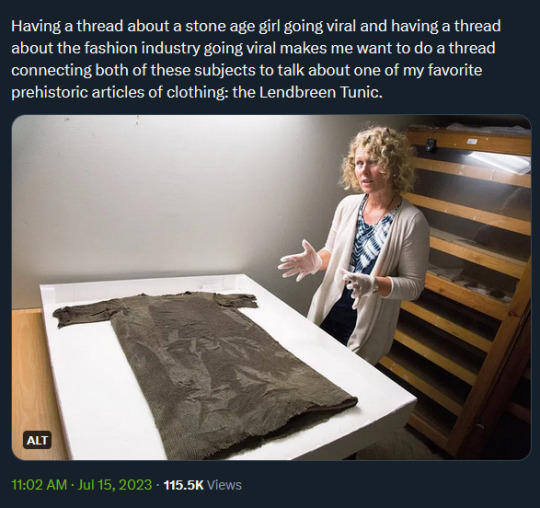

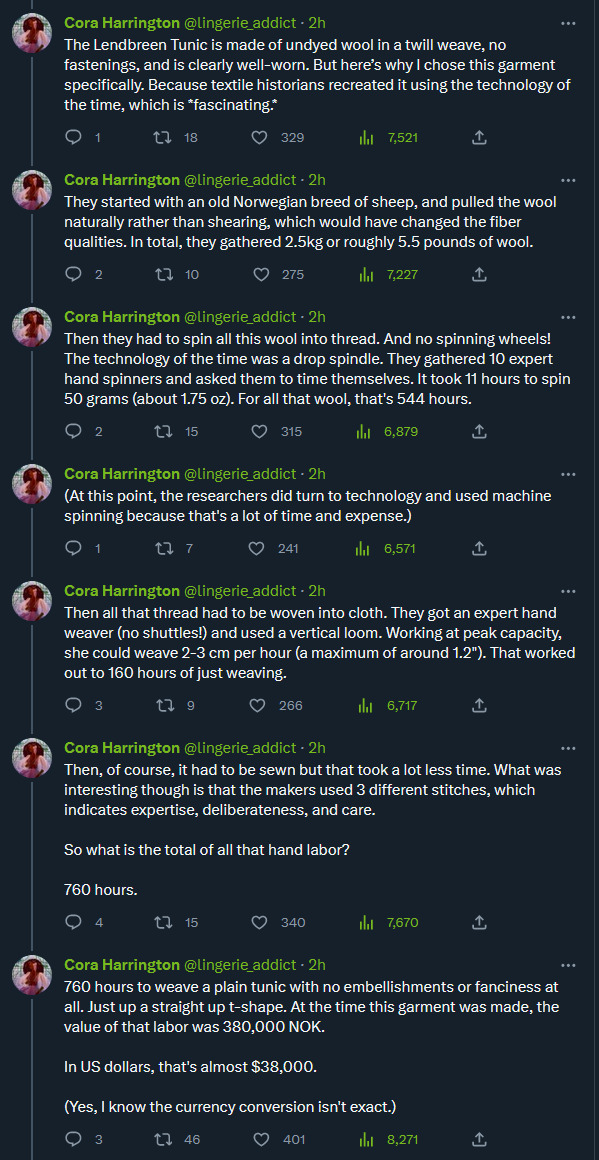

@lingerie_addict has a really cool thread on ancient fashion over on twitter.
Those source links are here
cambridge.org
Youtube
ucl.ac.uk
20K notes
·
View notes
Text
2012 avengers tower dump
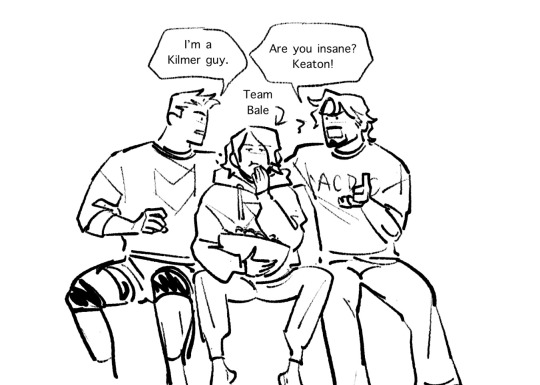
movie night

spoiled

“bongos? huge bag of weed?”
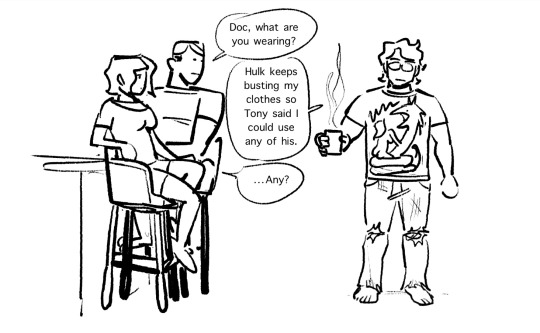
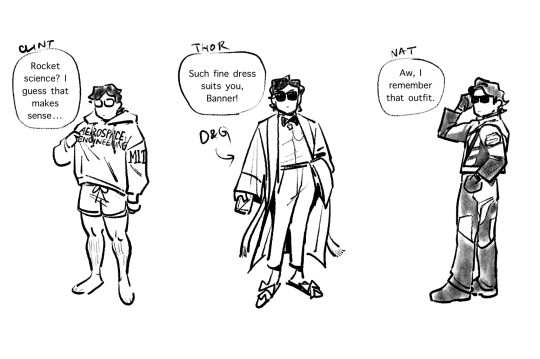
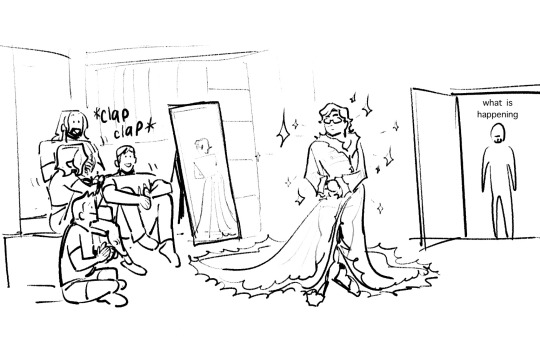
(the hoodie is rhodey’s <3)
4K notes
·
View notes
Text




The Iron Claw (2023) dir. Sean Durkin
#harris dickinson#the iron claw#theironclawedit#filmedit#actor#men#menedit#mancandykings#filmgifs#dailyflicks#cinemapix#userfilm#userstream#mensource#gifs#mine#*#fyeahmovies
4K notes
·
View notes
Text




Steak and Eggs with Chimichurri (x)
#food#food porn#steak#steak and potatoes#breakfast#brunch#potatoes#eggs#meat#grill#bbq#cast iron#cast iron skillet#outdoor cooking#food gif#food gifs#lustingfood#gif#gifset#mine#chimichurri#green onion
3K notes
·
View notes
Text




Scarlett Johansson as Natasha Romanoff IRON MAN 2 (2010) dir. Jon Favreau
#black widow#natasha romanoff#scarlett johansson#natasharomanoffedit#sjohanssonedit#marveledit#tuserlyn#userraffa#nessa007#userelio#userelysia#userrlaura#mcuchallenge#blackwidowedit#mcuedit#blackwidowhub#mine#usernini#userpegs#userlaro#usermelanie#captainsamerica#iron man 2
2K notes
·
View notes
Text






At least death means I'll never be scared about dying again. (x)
#whizzer personifying death as a man making love to him#armand -a beautiful man- as a bringer of death to young closeted daniel molloy#i got drunk in the making of this#which is slightly ironic#i mean i think it's ironic im still kinda drunk#i love you whizzer brown#you would hav ehated armand no last name#do u guys (gn) like falsettos#its great it makes me want to kms#interview with the vampire#falsettos#iwtv#iwtv spoilers#interview with the vampire spoilers#armand#armand iwtv#devil's minion#armandiel#armandaniel#daniel molloy#gif#gifset#mine#iwtv edit#iwtv s2
1K notes
·
View notes
Text

upon the heart of magic mountain 🌸🗻
from the oceanic goddess revered in the cyberpunk city on its hillside, to the stories of the ochre-feathered canary who's song hasn't been heard in years, it has been long thought by theorists that perhaps the magic imbued into this mountain was no coincidence- but rather the creation of mystical beings seeking to make a haven of sorts, a home protected by the powers that lie within this volcanic formation.
#hermitcraft#hermitcraft season 10#hermitcraft headcanon#mcyt#mcyt fanart#jimmy solidarity#solidaritygaming fanart#ldshadowlady#ldshadowlady fanart#seablings#hermitblr#mcytblr#gkm arts#digital art#illustration#lafakiwi draws#artists on tumblr#worldbuilding theory#just a little idea i had in my head last night#this is more lore to the iron mine canary piece i did last month also C:#lizzie is the goddess of the mountain/its current sole protector and jim's the patron god of magic and steward of humanity
728 notes
·
View notes
Text
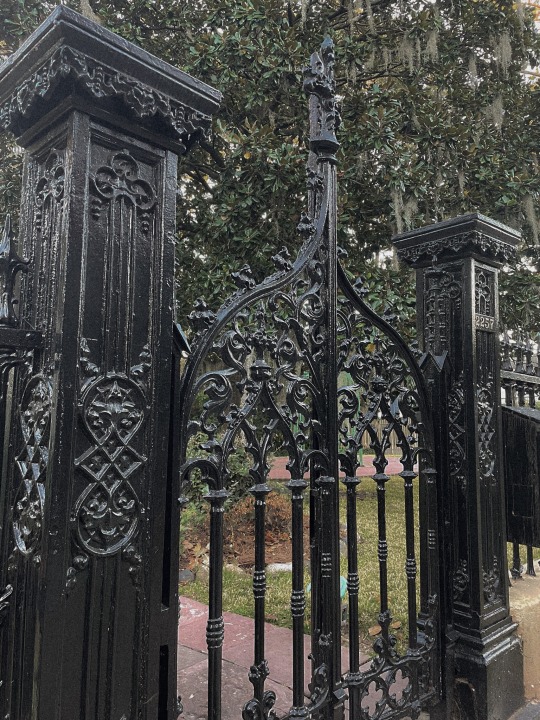
derbès mansion gates
#new orleans aesthetic#new orleans#cast iron#victorian gothic#dark academia#gothic aesthetic#antique aesthetic#antique academia#mine
3K notes
·
View notes
Text








Robert Downey Jr. as Tony Start in IRON MAN 3 (2013) dir. Shane Black
#iron man#filmedit#marveledit#mcuedit#tonystarkedit#ironmanedit#marveladdicts#mcuchallenge#mcufam#cinematv#filmtvcentral#dilfgifs#dilfsouce#userblorbo#userthing#usertvfilm#useroptional#usersource#movies#mine*
480 notes
·
View notes
Text

one small step for. kitties
#mine#cats#i was gna share th process vid of this but its just 90% drawing little dots not thrilling#anyway i had a Day today but we live we go forth !!#i am going to try a new journal thing bc th hobonichi hasnt been slaying ngl . i might b a filofax girlie#ive bought a 2nd hand one off ebay for 12£ which will Do For Now to see if actually like it#i need to figure out th sizing of my pages im gna make my own....brain is so so small#i was gna do mini pages for daily journaling but i think ive excepted i am not. gna journal everyday like thats not happening#n then what happens when im then using dated journals is i fall behind n then i hve such an atrocious memory i cant remember what i did#like 3 days prior to back fill so its lots of empty pages and AAAA#ironic that i am journaling to help my symptoms but my symptoms r stopping me from journaling. can i win once#anyway i think this system will be better yes yes
849 notes
·
View notes
Photo

“Drain Lake, Divert River, Build Railway and Docks to Move Ontario Iron to War Mills,” The Globe and Mail. March 18, 1943. Page 13. ---- TOP: This is a panoramic view of the property of Steep Rock Iron Mines, Limited, for which financing and other arrangements between numerous Government agencies and private interests in Canada and the United States were revealed yesterday. In background is Steep Rock Lake, out of which will be pumped 100,000,000,000 gallons of water to lay bare the orebody, outlined by geophysical work and drilling, It is expected to place the property in production in 1944.
LEFT MIDDLE: Location of the mining property and its railway and lake connections are shown on map and (right) a scowload of 'float’ ore which was shipped to the Republic Steel Corporation. Ore was broken off from main orebodies by glacial action and is now found n the shore of the lake.
RIGHT MIDDLE: Loading docks simile to this one will be constructed at Port Arthur. Railway carloads of ore are dumped into hoppers (upper left), thence from chutes into the holds of freighters for shipment to Great Lake ports.
BOTTOM RIGHT: Engineer (left) adjusts torsion balance inside the hut. Workers are seen (right) dating a drifting station on the ice-covered Iake.
BOTTOM LEFT: Insulated hut containing electrical ore-detection apparatus, is moved across lake.
University of Toronto geophysical party enjoy a hearty breakfast in dining room at Steep Rock. Left to right: Dr. Arthur Brent, W. Wane. E. Desser and A. R. Clarke.
#atikokan#port arthur#thunder bay#northern ontario#iron ore#iron mine#iron mining#geology#mining company#steep rock iron mines#war production#resource capitalism#resource extraction#canada during world war 2#northwestern ontario
0 notes
Text



Fashion of the Great Houses of Westeros: House Tully of Riverrun
#asoiafedit#asongoficeandfireedit#valyrianscrolls#valyriansource#tullyedit#housetullyedit#asoiaf#a song of ice and fire#house tully#ghf*#mine*#this is actually the first house i visualised in a fashion sense way back when#i watched claire mccarthy's ophelia in 2020 and saw all the gorgeous flowy gowns and daisy ridley's red wig and just went 'tully!!!'#I know the Riverlands are very rich and populous due to their centralisation but in my mind#they’re also a little behind culturally due to the constant battles and invasions#so the style of their fashion is a little less structured and complex than what you’d find in the westerlands or the vale or the stormlands#and also the cut of the outfits is reminiscent of what you’d find in both the iron islands and the north which echoes the impact#both kingdoms have had on the region#that doesn’t mean they skimp on fabric or aesthetic though!!#there's lots of flowy silks and shiny fabrics that evok running water#women wear their hair either loose or in intricate braids held with metal rings (a holdover from the three centuries of durrandon reign)#also THEE beetle wing lady macbeth dress is here in spirit!!!#500*
584 notes
·
View notes